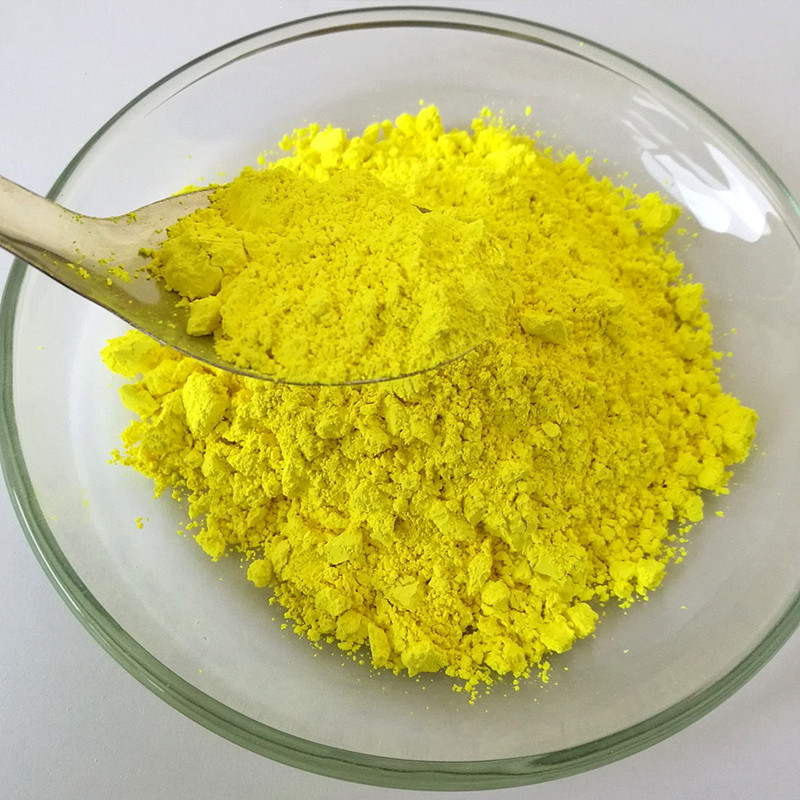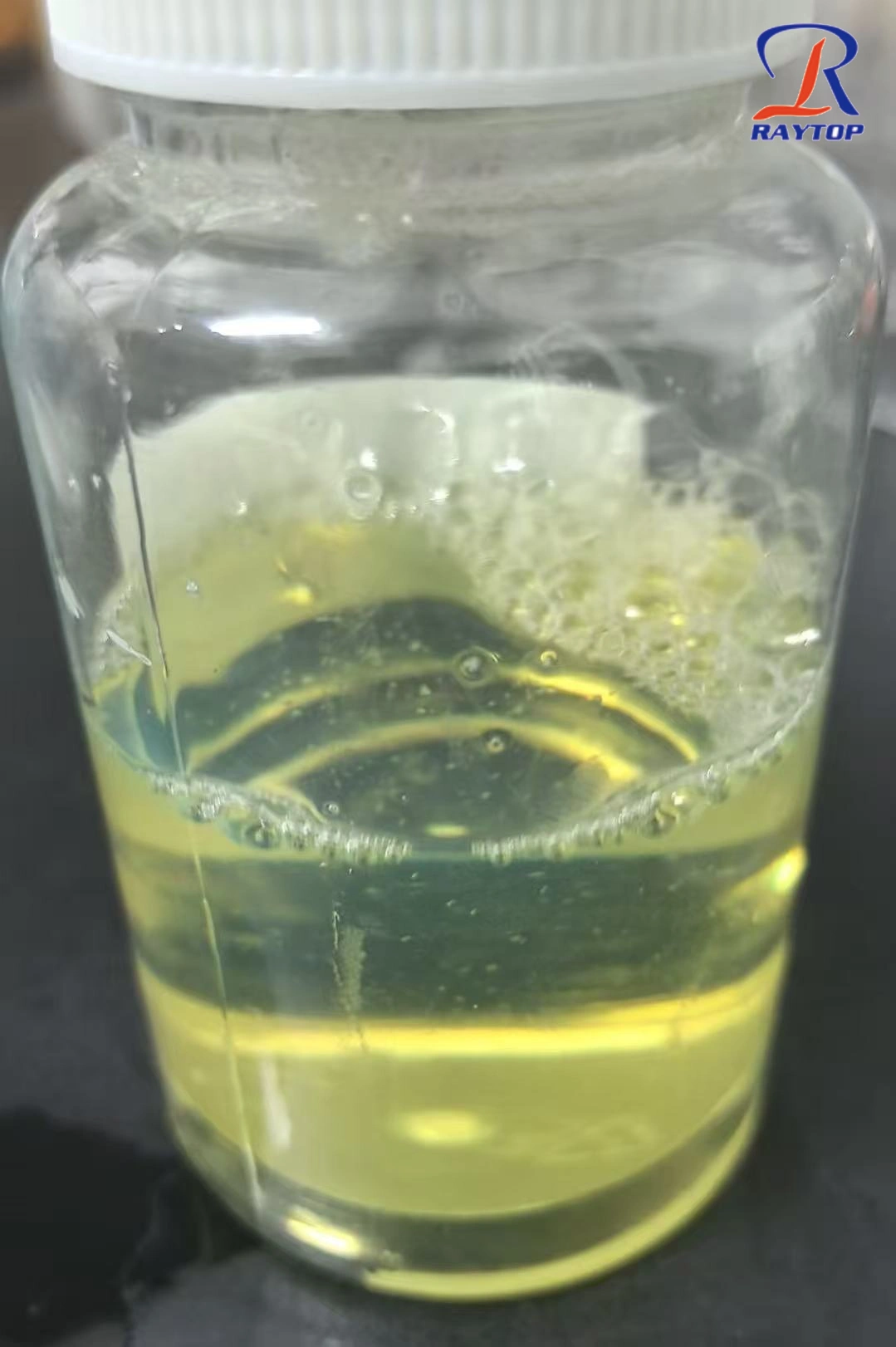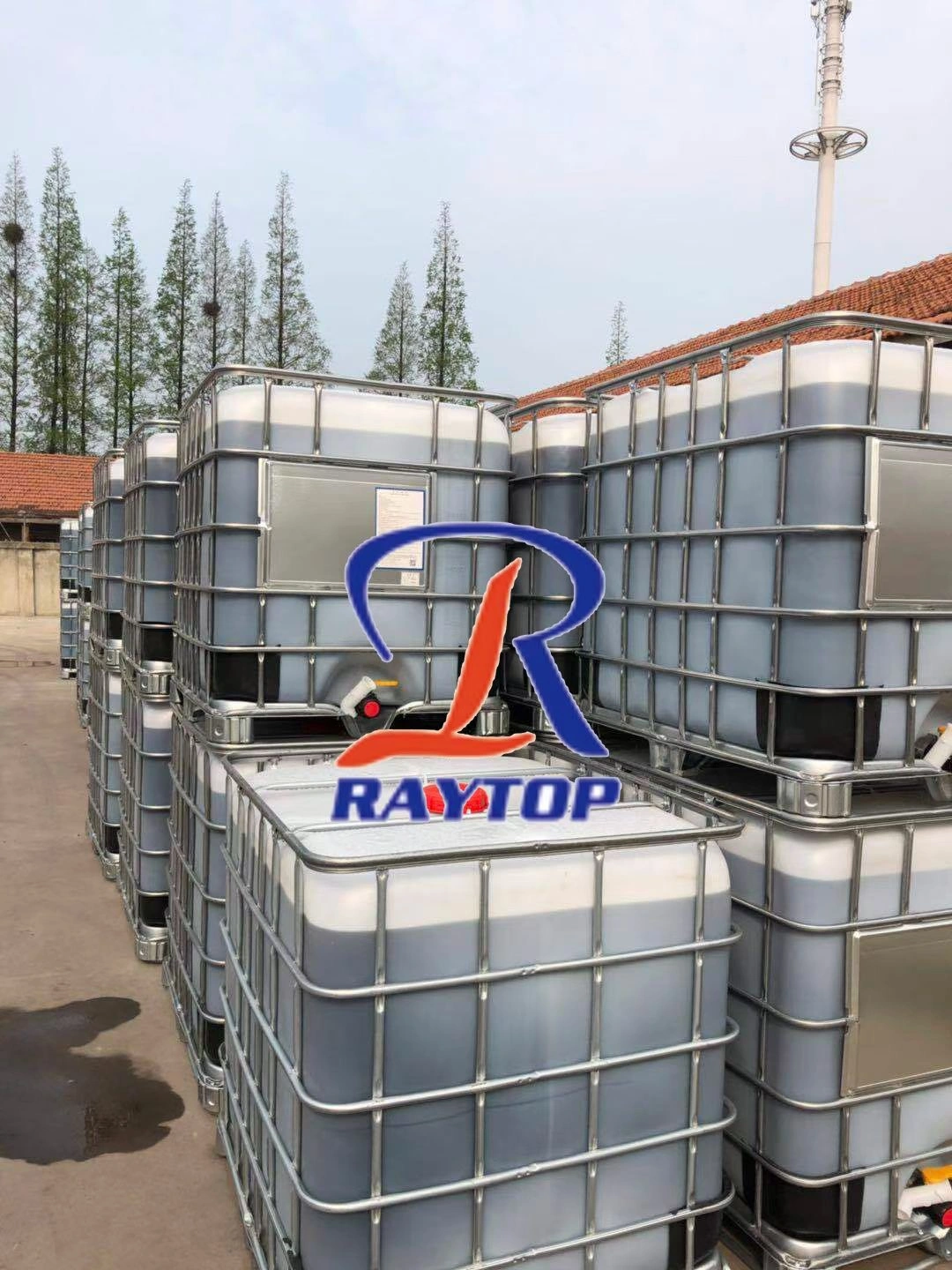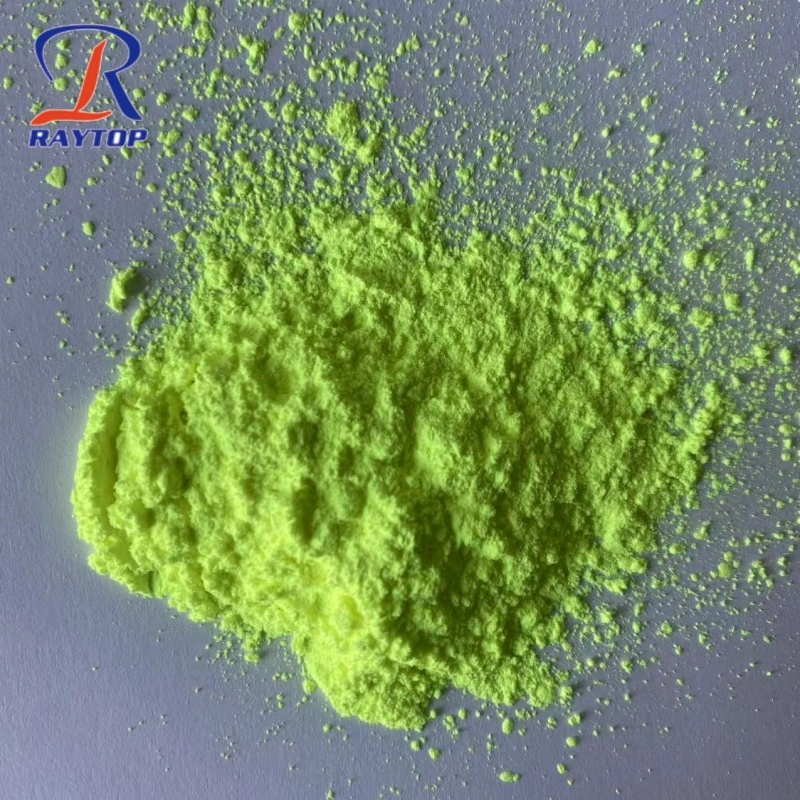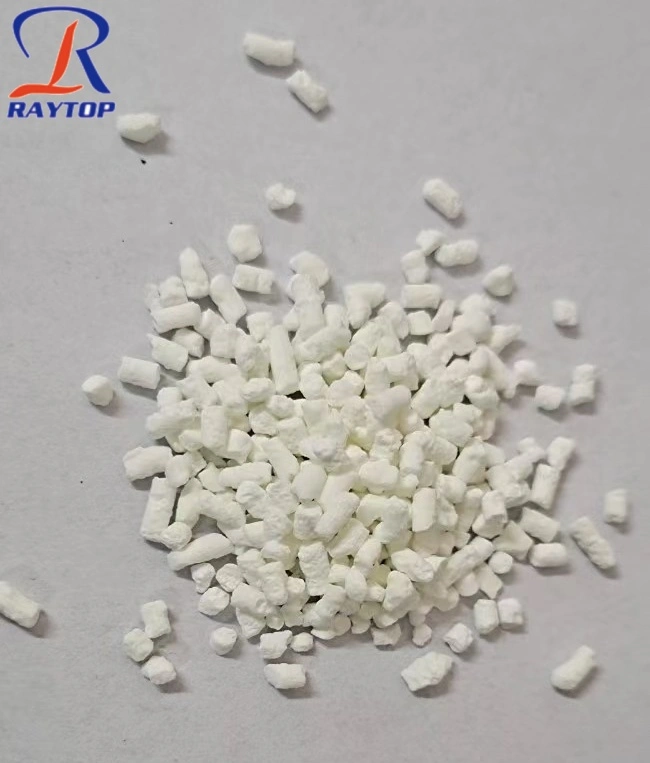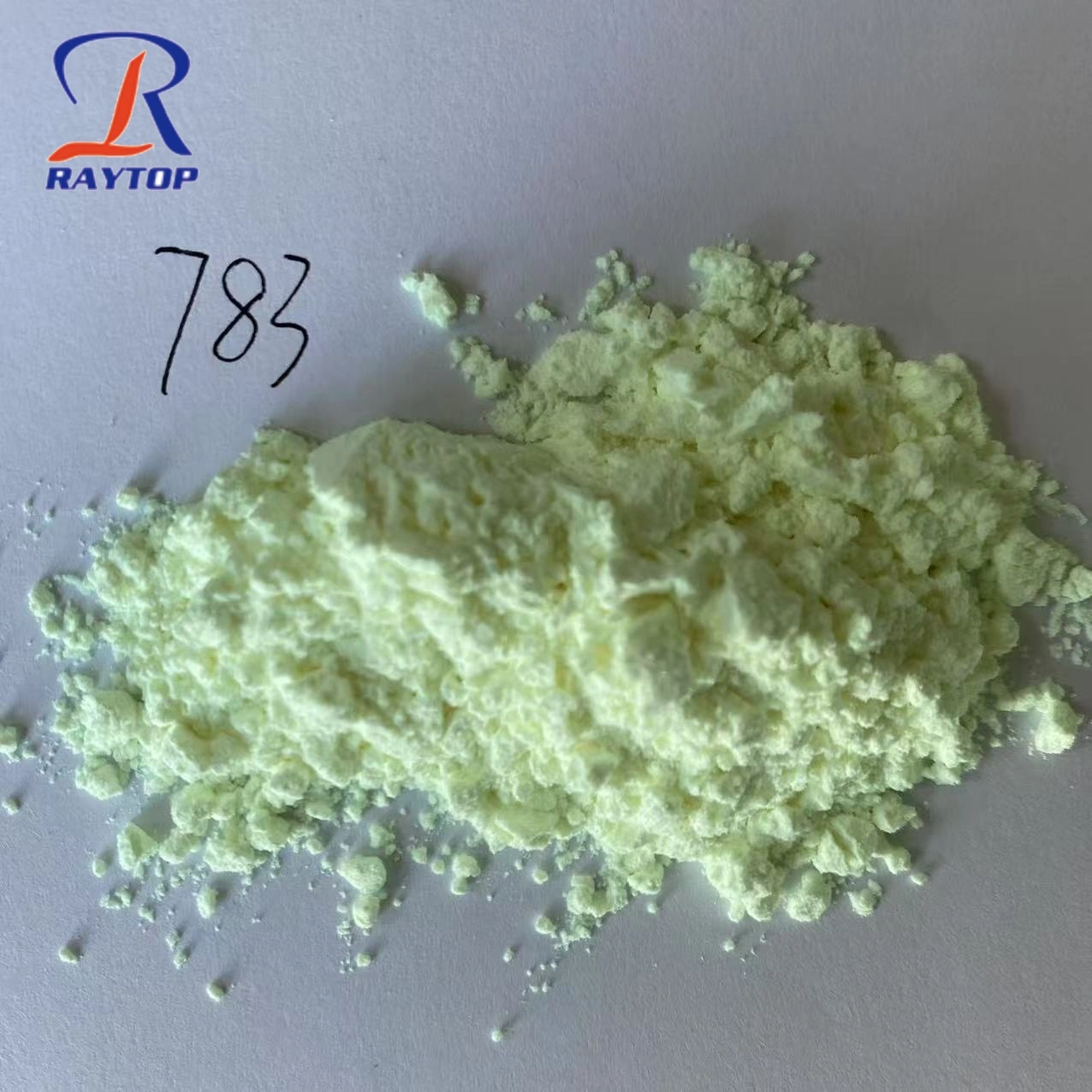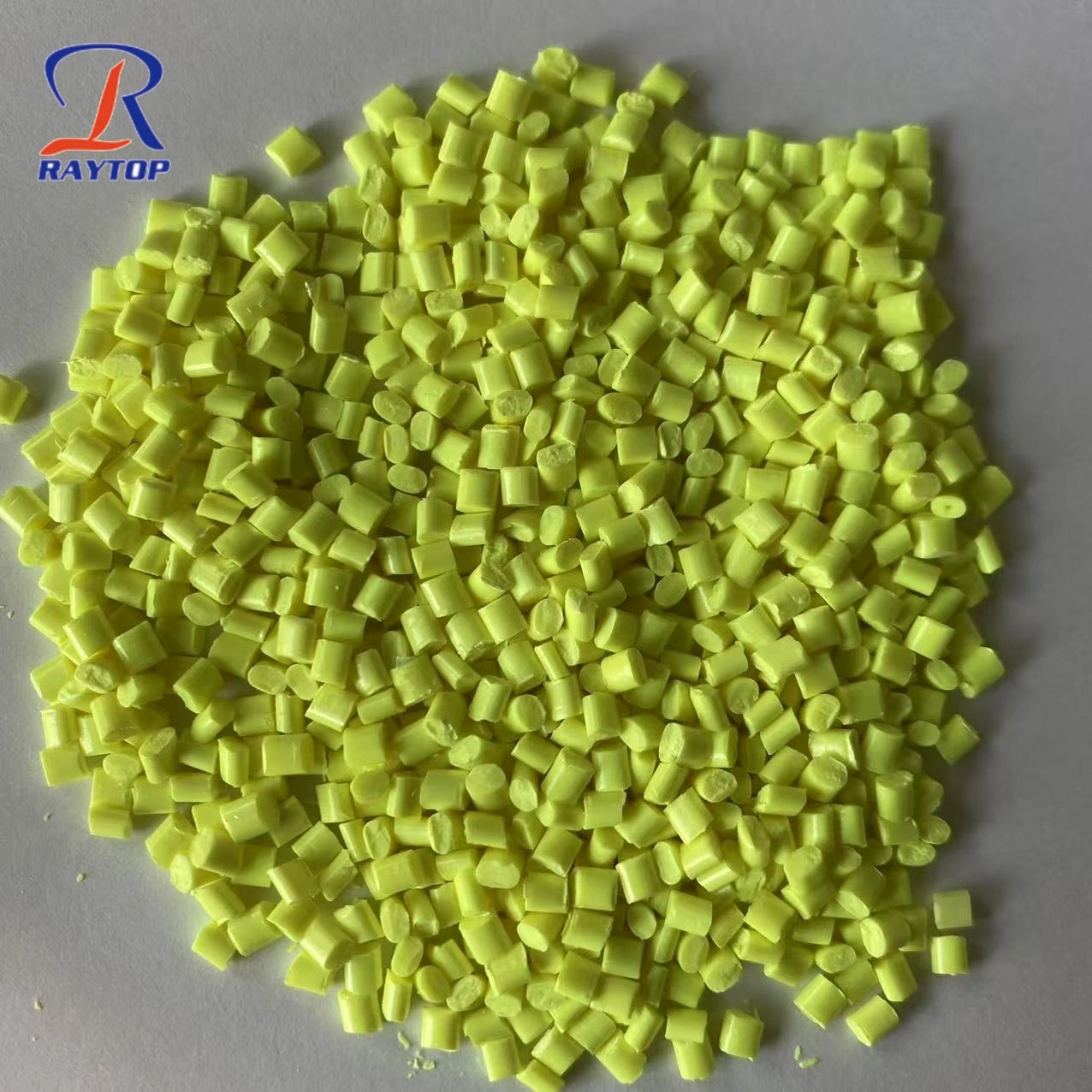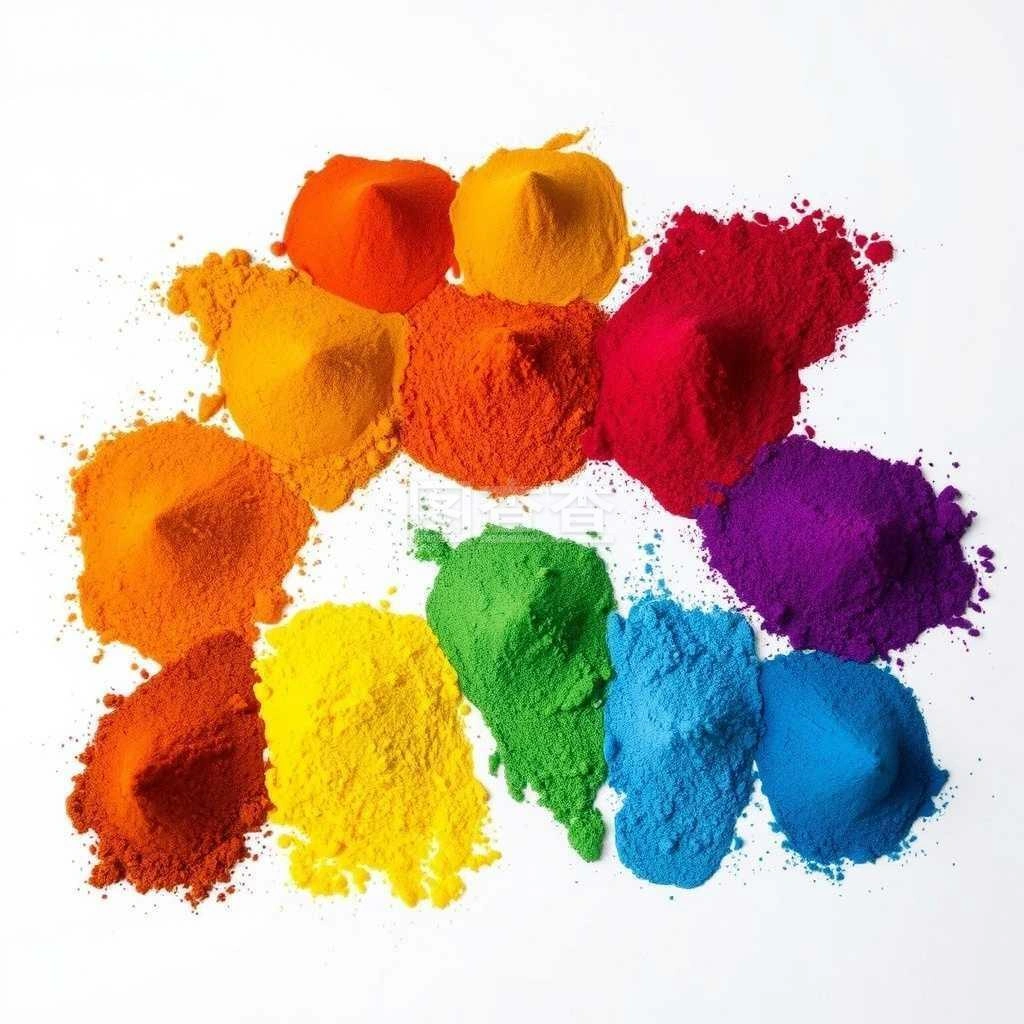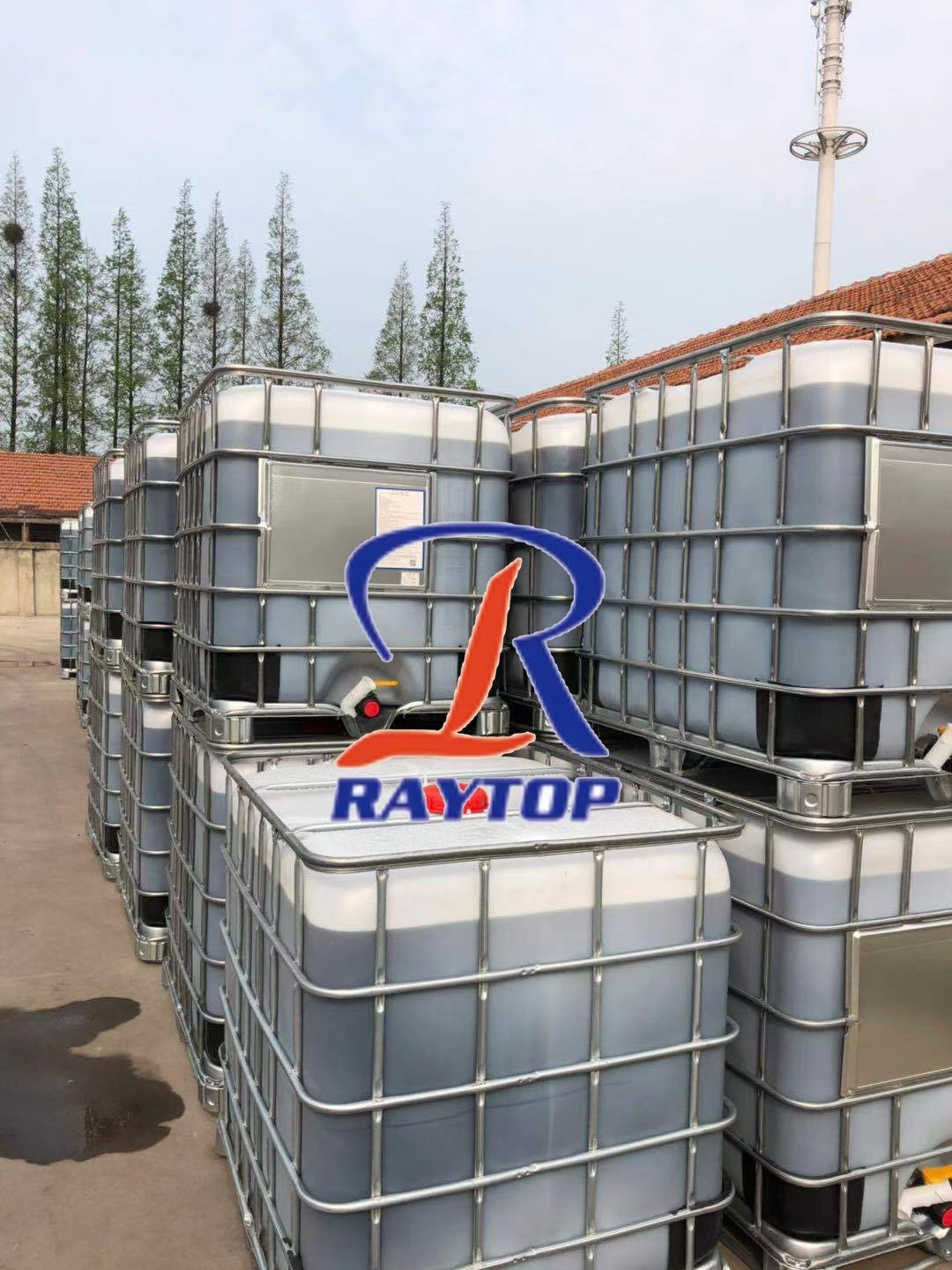In recent years, with the rapid advancement of the plastics industry, the plastic coloring process has also achieved unprecedented development. Among plastic products of many colors, white plastic products still occupy the mainstream position. In the production process of white plastic products, optical brightener are often inseparable.
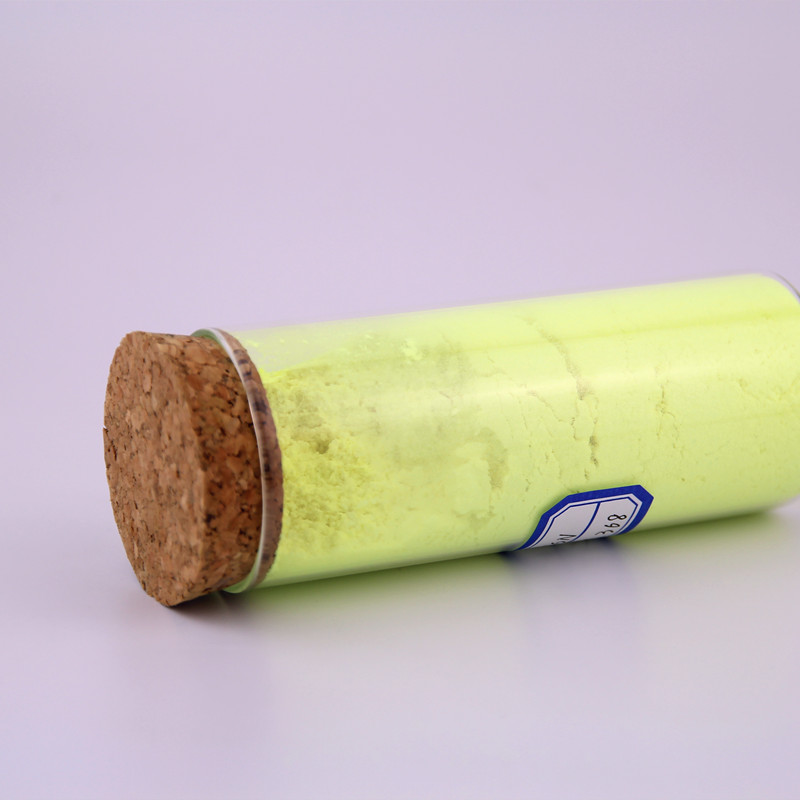
However, some manufacturers will encounter such a problem, the same is to add optical brightener, other people's plastic products have good whiteness and brightness, but their own products cannot achieve the desired effect. I sum it up for the following reasons:
1. The appropriate type of optical brightener is not selected
At present, there are about six or seven kinds of plastic optical brighteners commonly used in the market. Different fluorescent whitening agents have different characteristics such as compatibility, melting point and light resistance.
If plastic manufacturers do not choose the corresponding type of optical brightener according to their own products, it will be difficult for the fluorescent brightening agent to exert its best effect, and there may even be the risk of brightener precipitation. In addition, it is necessary to ensure that the quality of the optical brightener is excellent.
2. Superfluous (small amount) addition of optical brightener
Although optical brightener can improve the whiteness of plastic products, it is not the better to add more. The amount of fluorescent brightening agent added has a "yellowing point".
If the addition amount exceeds this threshold, not only will there be no whitening effect, but yellowing will occur. In severe cases, the optical brightener will precipitate on the surface; similarly, if the addition amount is too small, the optical brightener will not be able to exert its maximum effect.
3. The influence of UV absorbers
The working principle of optical brightener is to absorb ultraviolet light and convert it into blue-violet light. The blue-violet light and the yellow light of the plastic itself cancel each other out, so as to achieve the effect of whitening. The ultraviolet absorber absorbs ultraviolet light, thereby reducing the ultraviolet light absorption of the optical brightener and reducing the whitening effect.
4.the effect of pigments on optical brighteners
The principle of the optical brightener is as mentioned above. The most important influence on the optical brightener is the component that can absorb ultraviolet light. For example, the titanium dioxide in the white pigment can absorb the light wave of about 380 NM in the ultraviolet light. If it is in the plastic product, it will reduce the whitening effect of the optical brightener.
Insufficient whiteness by adding fluorescent brightening agent is mostly due to the above reasons. The following points are recommended:
First, choose the appropriate type of optical brightener according to the types of plastic products.
Second, ask professionals and through continuous experimentation, find out the best addition amount of optical brightener.
Third, if a light stabilizer needs to be added during the production process, it is recommended to use a histamine light stabilizer that does not change color.
Fourth, when titanium dioxide is used in combination with fluorescent brightening agent, it is recommended to use anatase titanium dioxide and appropriately increase the amount of optical brighteners.
